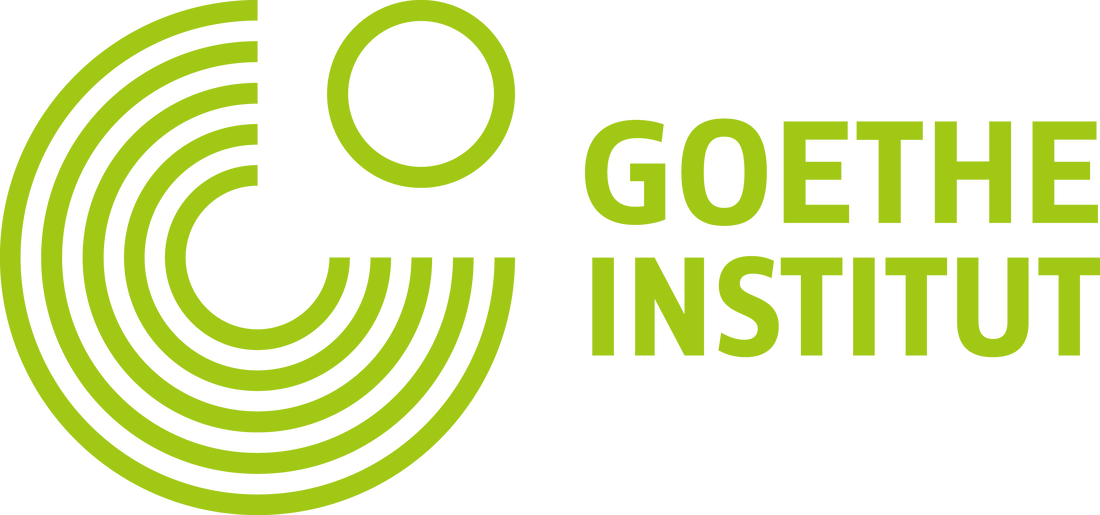State of the Arts
|
Αντικείμενο του State of the Arts είναι η διερεύνηση των ζητημάτων σε σχέση με τον τρόπο και τα μέσα παραγωγής, παρουσίασης και πρόσληψης της σύγχρονης τέχνης, που αναδείχθηκαν εξαιτίας της παγκόσμιας οικονομικής και κοινωνικής κρίσης που προκάλεσε η πανδημία του Covid-19.
Tο project καλεί σε συνομιλία καλλιτέχνες, θεωρητικούς, κριτικούς τέχνης, επιμελητές, υπεύθυνους χάραξης πολιτικής και άλλους παράγοντες και εμπλεκόμενους στον χώρο της τέχνης, μέσα από βιντεοσκοπημένες τοποθετήσεις για τα παραπάνω ζητήματα, οι οποίες συγκεντρώνονται σε ένα ψηφιακό αρχείο. Επιλεγμένες απόψεις των συμμετεχόντων τροφοδοτούν ένα κείμενο-αναφορά, που θέτει τις βάσεις για την ατζέντα της συζήτησης. Σε δεύτερη φάση, ειδικοί προσκαλούνται να συζητήσουν σε ένα διεθνές, διαδικτυακό συνέδριο σε ζωντανή αναμετάδοση. Το φορμά του συνεδρίου συνδυάζει τηλεδιασκέψεις και φυσική παρουσία ομιλητών και κοινού σε διαφορετικές τοποθεσίες/πόλεις. Το κοινό, που έχει τη δυνατότητα να παρακολουθεί το συνέδριο είτε ζωντανά είτε μέσω της ζωντανής αναμετάδοσης, έχει την ευκαιρία να συμβάλει στη συζήτηση. Ταυτόχρονα, επιλεγμένοι καλλιτέχνες προσκαλούνται να δημιουργήσουν ένα έργο τέχνης που εξερυνά νέες μορφές (formats), ανταποκρινόμενες στη συγκεκριμένη συζήτηση, ως μελέτη περίπτωσης (case study). |
State of the Arts explores the issues in regards to the ways of production, presentation and reception of contemporary art, which have emerged because of the global financial and social crisis caused by the Covid-19 pandemic.
The project invites artists, theorists, critics, curators, policy makers and other stakeholders to engage in a video discussion by delivering video statements on the above issues, which form an online archive. Selected views of the contributors form a report, which sets up a discussion agenda. In a second stage, experts are invited to participate in a global, online live-stream conference and discuss these issues. The format of the conference combines video conferencing and the physical presence of participants in various locations/cities. Public attending the conference live, as well as public worldwide attending via live-streaming is able to contribute to the discussion. At the same time, selected artists are invited to create a work of art, which showcases novel formats that address the above discussions and functions as a case study that addresses the project’s topics. |
Σκεπτικό
|
RationaleThe recent global economical and social crisis triggered by the Covid-19 pandemic has highlighted major problems in the way visual arts are produced, presented and received. The effect of a world in lockdown, in which social interactions are accompanied by fear, has changed the public sphere as well as the art world. Traditional ways of presentation and reception of contemporary art seem to undergo major changes. The effect of the lockdown on individual artists, galleries and museums was diverse. According to the studies conducted by UNESCO and the International Council of Museums (ICOM), 90% of museums worldwide were forced to close their doors and stop in-person operations during the crisis. Artists complain about the lack of physical exposure of their work and major set backs in sales. Moreover, studies indicate that 13% of museums worldwide may not reopen after Covid-19 crisis. In other cases, in which the physical space for audiences has been replaced by online platforms — Art Basel’s viewing room, replacing its March Hong Kong fair, was so popular that the site crashed — resilient solutions were brought to the fore prompting a discussion about developing new audiences and novel ways to engage with art. The #SupportArtWorkers campaign in Greece has demonstrated once again the precarious condition of labour for artists who are often affected by crisis. Changes that now seem imperative were already starting to take shape. It's just that the recent crisis has accelerated the process.
What is the novel role that museums and art institutions have to play? How the relation between art market and cultural institutions can be rethought? Can the growing split between art as an asset investment and critical ephemeral art for social change can be overcome? Should it be overcome? How are the hegemonic globalized art world and the various peripheral art ecologies affected by these changes? Do novel audiences and a more democratic access to art production play a more important role in these developments? Does the role of public spherechange? Do these developments signal a change in our understanding of the work of art as a cultural product? In which ways does art adapt to the challenges of the 4th industrial revolution? Which are the possible positive and negative developments coming along with the move to the digital? How do performance art, live art, theatre and installation deal with the lack of physical presence on stage? Are there any alternative formats, beyond the (often) insufficient documentation of live events and online exhibitions content? Is this development a triumph of contemporary art’s resilience and innovation or a defeat? Do resilient alternative art economies emerge? In what ways the role of the artist as an entrepreneur changes the role of the artist as an author/creator? Does the notion of the precarious art worker expose the foundations of the winner-takes-all structure that defines art economy? How do these changes influence and challenge the old debate on the alienation of labour? Can we think of novel art economies? Can alternative notions of the economy of art trigger changes and influence how economy and labour functions? |
Θεματικές |
Topics |
|
|







